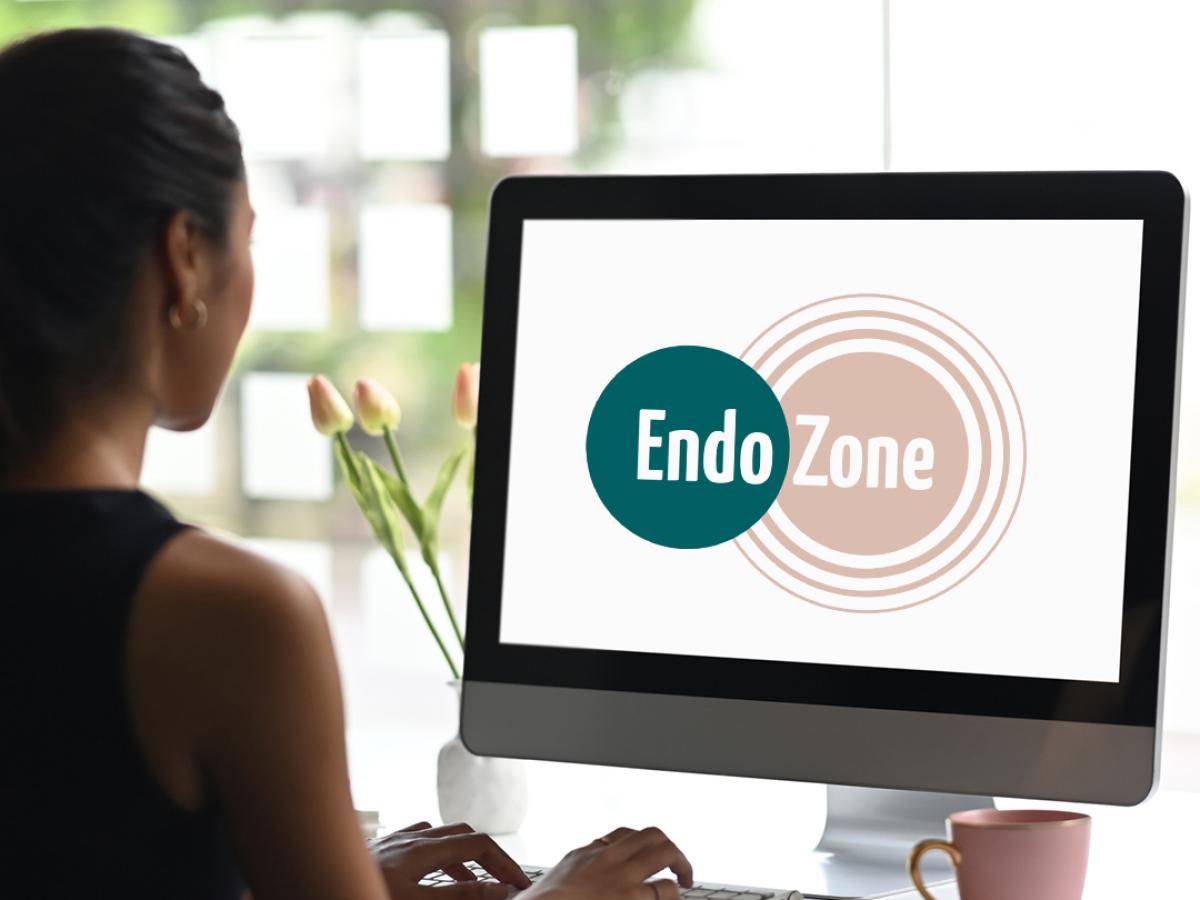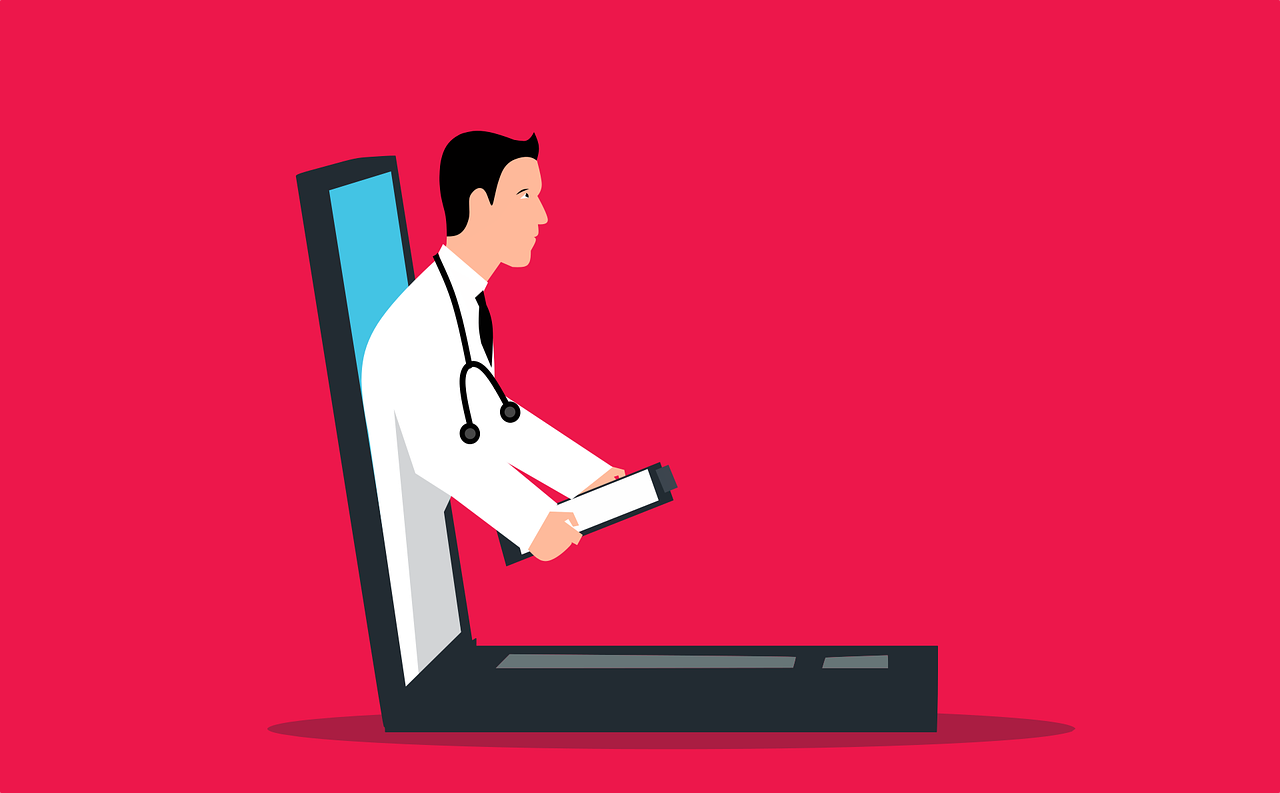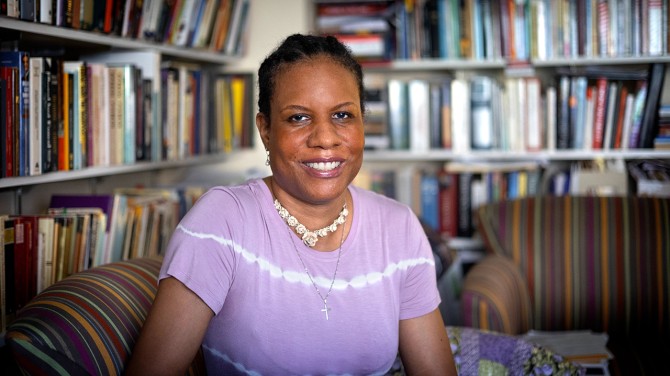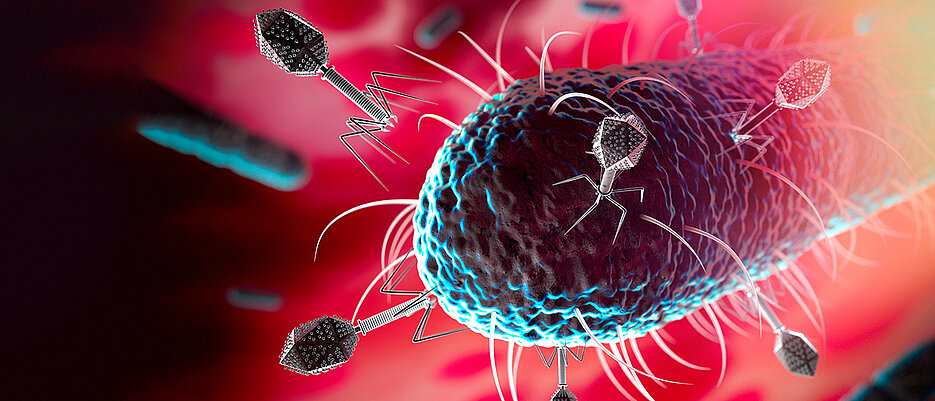
Often difficult to diagnose and certainly difficult to live with, it is estimated that endometriosis affects more than 800,000 Australians, where cells like the lining of the uterus grow elsewhere causing symptoms such as period pain, pelvic pain, infertility and fatigue.
Combining the costs of healthcare, absenteeism and the loss of social and economic participation for those affected, the cost of endometriosis is estimated at $7.4 billion.
Launched today, Thursday 31 March, EndoZone is a comprehensive and unique web-based resource, which has been developed to provide resources, and support, not only for those with the condition, but also the family and friends who support them, and the health practitioners who care for them. The project was funded by the Australian Government and Jean Hailes for Women’s Health.
“Our research revealed that ‘endo’ can be hugely isolating, difficult to manage and has significant impacts on people’s lives.”Professor Louise Hull
Minister for Health and Aged Care, Greg Hunt, said he was delighted the Morrison Government was able to support the development of this new digital platform, as well as providing an additional $1.4 million in funding in this year’s Budget for its ongoing development.
“This digital platform will assist in empowering women with endometriosis to access research, support and information to help manage their condition,” Minister Hunt said.
On Friday 25 March, the Federal Government announced the additional funding for the next three years, which will be used to further develop the EndoZone digital platform. It will fund the co-creation of research projects for the endometriosis community incorporating learnings from the digital informatics contained on the platform.
University of Adelaide Chief Investigator for the project to research and develop the web-based resource, Professor Louise Hull says while there are many valuable resources available, EndoZone is unique because it has been co-designed with hundreds of people from around Australia who have endometriosis.
“Consultation and learning from real people about their experiences and their needs has been at the heart of this project,” Professor Hull says.
“Other key features of EndoZone are that the site has been built to learn, so as more and more people use it, the site will respond by providing the information that is most relevant, and the site is informed by the latest research in the field, so that users can access current, evidence-based knowledge about endometriosis.”
Endometriosis is not widely understood for a range of reasons. The project, led by University of Adelaide’s Robinson Research Institute, responds directly to that knowledge gap and is a key initiative of the 2018 National Action Plan for Endometriosis.
“Our research revealed that ‘endo’ can be hugely isolating, difficult to manage and has significant impacts on people’s lives,” Professor Hull says.
“Participants were most keen to get advice on managing pain, understanding what levels of pain were normal during menstruation, and having better communication with their health professionals.
“We found that people who are diagnosed with endometriosis were looking for accurate, accessible information that would empower them to make decisions about how they might manage their condition now and into the future.
“They also hoped to raise knowledge and empathy among family and friends and provide rapidly accessible tools for doctors to support them in caring for people with endo.”
Supported with funding from the Australian Government Department of Health and Jean Hailes for Women’s Health, the three-year project to develop EndoZone, represents the first Australia-wide consultation with people who suffer endometriosis.
The new web resource is available at www.endozone.com.au








